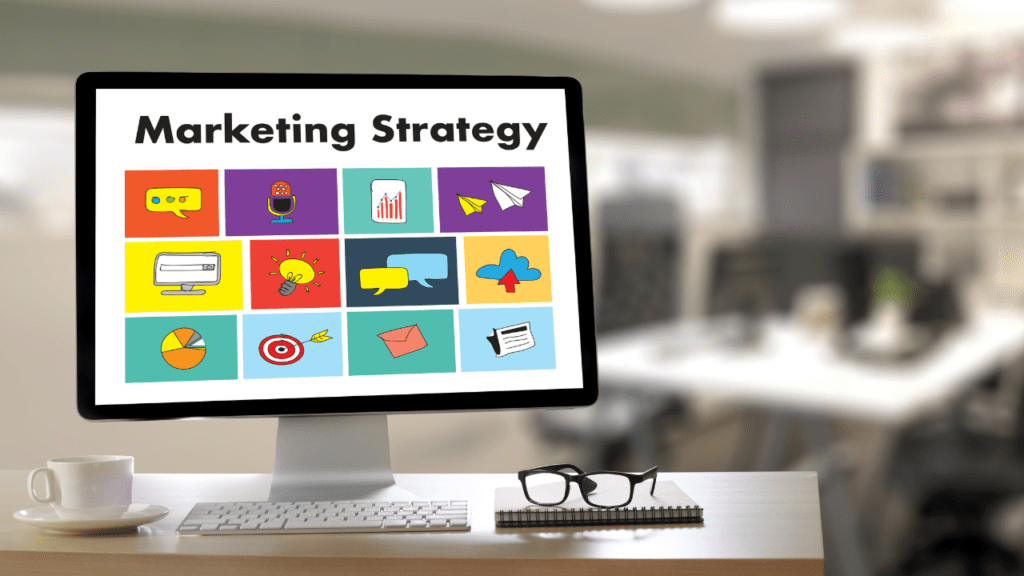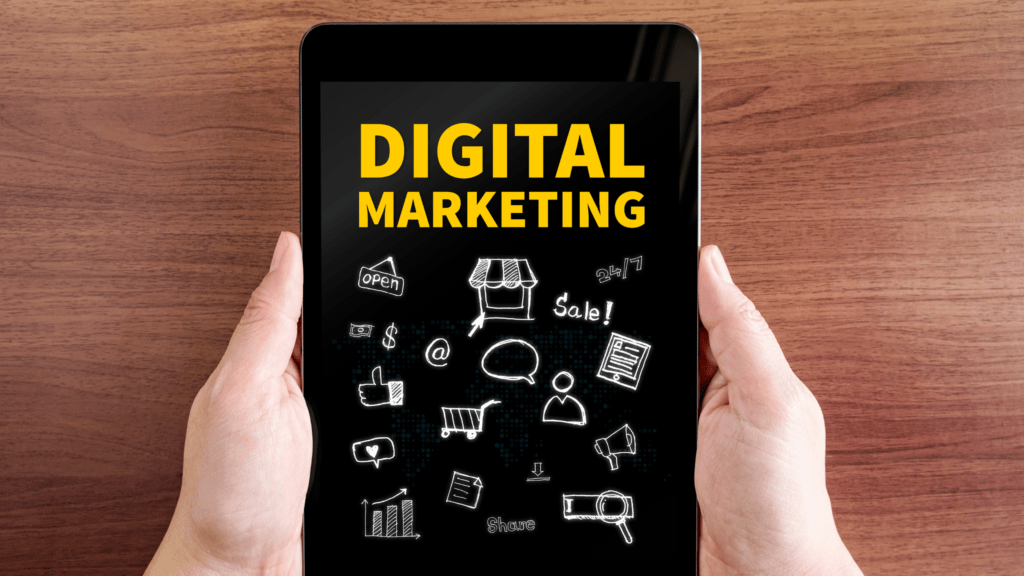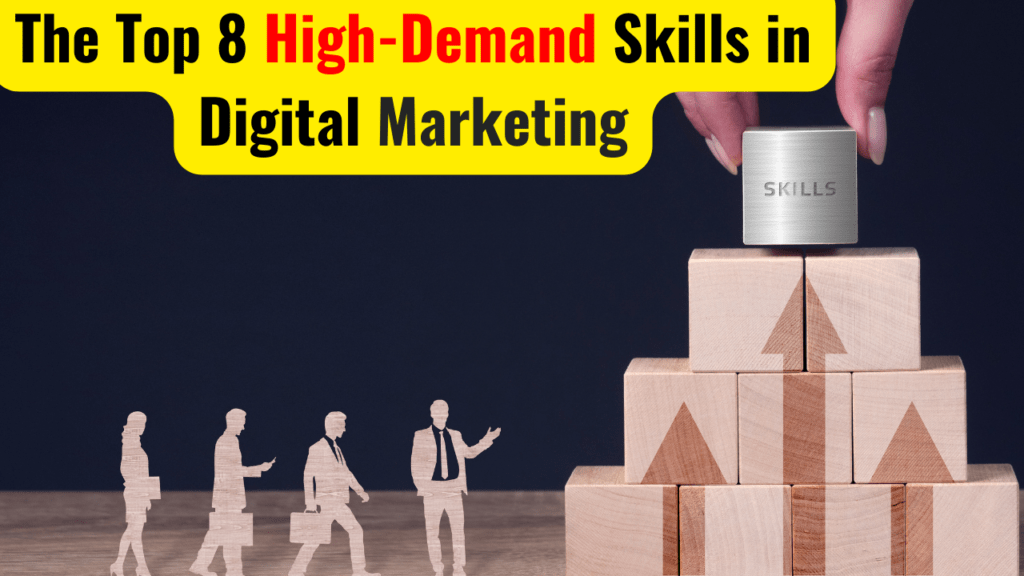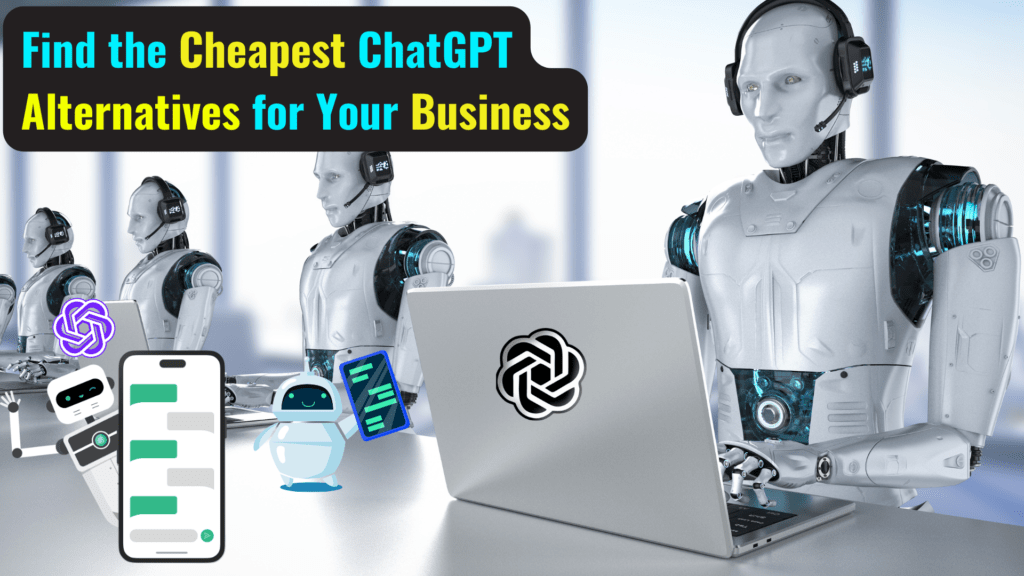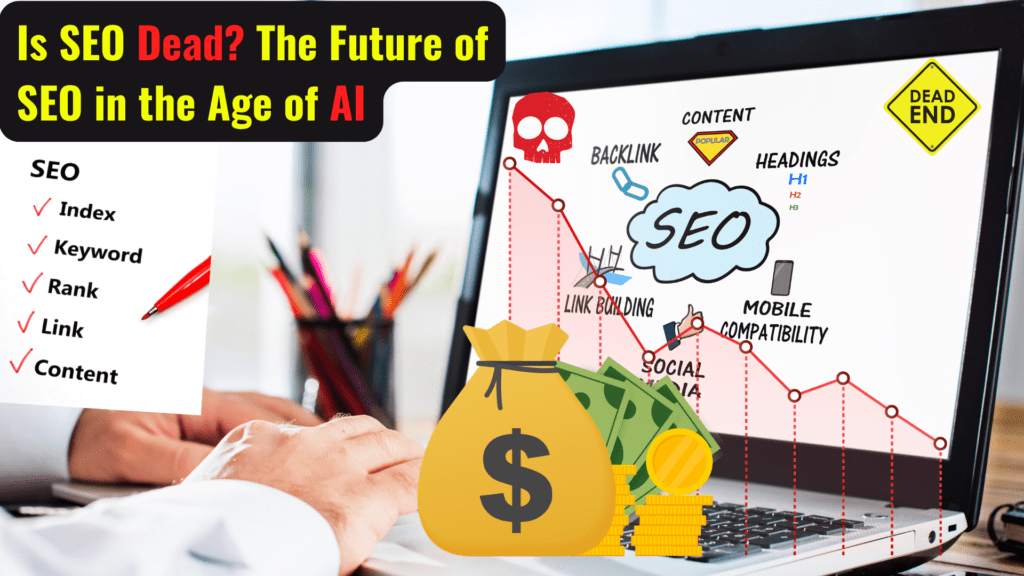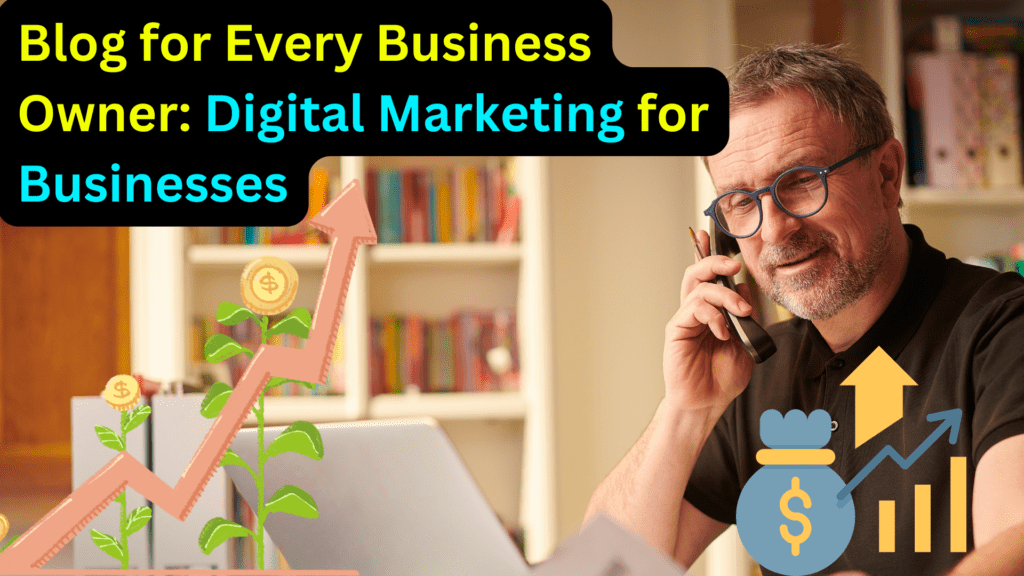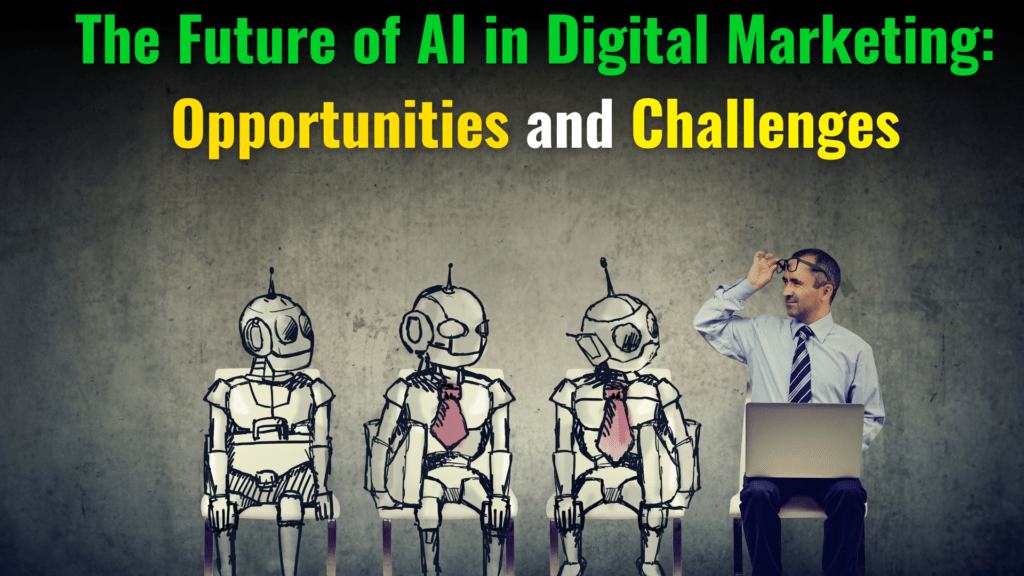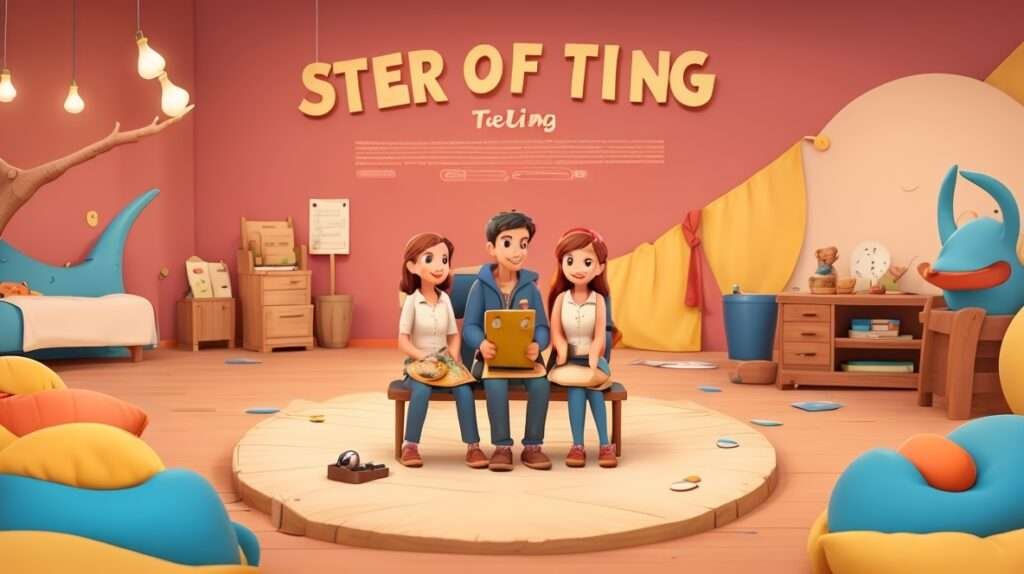How to Create a Winning Marketing Plan: A Step-by-Step Guide
How to Create a Winning Marketing Plan: A Step-by-Step Guide Rajat Rastogi, a professional in marketing, shares his seven steps to create a winning marketing plan. A marketing plan is essential for businesses to set goals, understand their target audience, and optimize campaign impact. It should include short and long-term goals, a description of the target audience, and high-level marketing strategies. Rastogi emphasizes revisiting the company’s mission, vision, and values, conducting market research, and conducting a SWOT analysis to identify strengths, weaknesses, opportunities, and threats. By following these steps, businesses can create a comprehensive marketing strategy that aligns with their target audience and maximizes the impact of their marketing campaigns. Understanding the Purpose of a Marketing Plan A marketing plan is necessary for any business looking to leap success. It helps you set your goals, understand your target audience, and optimize the impact of your marketing campaigns. It’s all about communicating your big strategy or idea. Every marketing plan should consist of: Your short and long-term marketing goals A description of your target audience and their persona One or more high-level marketing strategies and tactics The Seven Steps to Creating an Effective Marketing Plan Step 1: Start with an Executive Summary This is essentially a summary or overview of your entire company and the critical details of your marketing plan. It highlights the function of your business and the purpose of your program. This shouldn’t be very long. The summary can include past achievements and the future direction of the company. Step 2: Revisit Your Company’s Mission, Vision, and Values It’s important to highlight early on why it’ll provide clarity and answer any questions as to why your marketing plan is the way that it is. Step 3: Do Your Research Study the market, study the competition. What are others doing that’s working? Then what can you do to make it even better? Deeply analyze your own company’s strengths and weaknesses. Step 4: Conduct a SWOT Analysis A SWOT analysis of Strengths, Weaknesses, Opportunities, and Threats is a great way to present your research. You can visualize the company’s path, identify opportunities, set goals, and so much more. Step 5: Identify Your Target Customer After identifying your competition, you must identify your target customer. This will allow you to create more informed and tailored marketing strategies. Build a persona from scratch. How old are they? What’s their income? What are their interests? What do they value? Step 6: Outline Your Marketing Goals What are you hoping to achieve with your marketing plan? The most important thing to remember with this step is to be specific with actual numbers. If you’re hoping to achieve more web traffic, don’t just say “The goal here is to increase web traffic.” Say “My goal is to increase traffic to our site by 30 percent within the next three months.” You need a concrete goal, not a blanket statement. Step 7: Lay Out Your Marketing Strategy There are three details to write down and include with this step: What to do How to do it The channels to use Turn your strategy into a series of phases or steps. It could look something like this: clarifying what needs to be done in each step before moving on. Detail the Budget Considerations for Your Plan Last but not least, detail the budget considerations for your plan. How much is it going to cost to reach your goal? It’s important to be clear with this upfront, at least as best as you can. Marketing can be costly and there are often a lot of hidden expenses. Step 8: Detail the Budget Considerations for Your Plan Detail the budget considerations for your plan. How much is it going to cost in order to reach your goal? It’s important to be clear with this upfront, at least as best as you can. Marketing can be costly and there are often a lot of hidden expenses. Industry-Specific Marketing Plan Templates Depending on what industry you’re in, you might find these Visme templates helpful to Create a Winning Marketing Plan: Restaurant Marketing Plan Template: Versatile for either massive chains or local eateries. Real Estate Marketing Plan Template: Useful for teams or individual businesses. Content Company Marketing Plan Template: Helps you organize your editorial calendar. Social Media Marketing Plan Template: Helps lay out your goals and describe your ideal followers. Digital Marketing Template: A modern feel with a number of different features. Product Marketing Template: This covers the basics and includes a detailed marketing budget. Personal Branding Template: A simple three-page plan highlighting resume skills and experience. Read More: The Top 8 High-Demand Skills in Digital Marketing 2024 Conclusion Now that you’ve done at least some of your research, it’s time for you to get to work. I highly recommend at least scanning Visme’s template collection. There are even more marketing templates past the ones that we’ve discussed today and they’re waiting for you right now. Thank you so much for reading. If we were of any help, we’d love for you to share this blog post with others. We’ll see you again soon. For now, I’m Rajat Rastogi with Visme, helping you make information beautiful.
How to Create a Winning Marketing Plan: A Step-by-Step Guide Read More »

